The first Formula 1 Drivers’ World Championship title of Fangio’s five fell to him in 1951. Here he is in the works Alfetta during that year’s German GP.
Of course the media has made much of Hamilton equaling the five World titles secured by Juan Manuel Fangio through the 1950s, which for so long was the perhaps the ultimate target of every title-winning driver until Michael Schumacher finally matched that five times accolade with his 2002 success, clinched at that year’s French GP – with six more rounds left to run.
There were many caveats expressed by old racing hands when Schumacher finally matched Fangio’s record in that manner. Of course much of what was said amounted to little more than sour grapes. “Aah yeah but, driving a Formula 1 car must be easy these days compared to Fangio’s time. For a start it’s so much safer. For seconds, the cars are as much driven by the engineers in the pits as the steerer on board. Oh, and another thing, the races today are so much shorter, on so much safer circuits, this German bloke hasn’t had the doubts and fears to contend with that Fangio used to confront…”
Like most ill-founded arguments such criticism wasn’t quite reflective of historic fact. It reflected – rather than properly verbalized – more a perfectly sustainable truth which was that Formula 1 competition in the 2000s was indeed a world away from what it had been in Fangio’s heyday, more than forty years before.
There were in fact a number of parallels between Fangio’s performances in his period, Schumacher’s in his – and today Hamilton’s in present-day Grand Prix racing.

Fangio’s second World Championship title was won by him in 1954 when he won early-season GPs in the works Maserati 250F, followed by mid-to-late season GPs in the new, initially streamline-bodied, Mercedes-Benz W196s… as here on the starting grid for the 1954 French GP, which he won.
Both Schumacher and Hamilton have won World titles in what most evidence considers to have been the dominant F1 cars of their time. This has been described as ‘the unfair advantage’ – and it’s true that in any sport requiring mechanical equipment there will probably be some practitioners who benefit more than others from an ‘unfair advantage’.
As long as that mechanical equipment is accepted as having been within the rules applied at the time, then what’s ‘unfair’? Arguably this aspect casts a shadow over at least one of Schumacher’s titles. But in truth sport just isn’t fair, that’s a concept much brandished but seldom really applicable. Just as any sportsman trains hard to generate his own luck, so the best and most implacably committed teams leave no stone unturned to make their own luck, and thereby to secure for themselves that ‘unfair advantage’.
That’s simply what the game – if game it be – is all about. And back in his World title-winning period of 1951-57 Fangio himself also played the ‘unfair advantage’ game to the full. With disarming charm – and sheer unadulterated and palpable on-track talent – he always tried to secure for himself the best-possible car. And he succeeded in doing so. The Alfa Romeo 158 and 159 Alfettas he drove to his 1951 title were absolutely the proven class of the field. After a broken neck had sidelined him for much of 1952 (that sort of thing really would slow one down), he came back through 1953 with an ever-improving Maserati, until for 1954 he began the year with a remarkable best-car insurance policy in his back pocket.
He had signed-up to join Mercedes-Benz the moment their new F1 cars would become available, and until that happened he remained Maserati’s team leader, and their latest 250F model was itself the early-season class of the entire Formula 1 field.

He took his third World Championship title driving solely for Mercedes-Benz in 1955 - here en route to 2nd place (behind team-mate Moss) in the British GP at Aintree; he was truly touched by genius.
When the brand-new Mercedes-Benz Formula 1 cars became available – from that year’s French GP forwards – they totally re-wrote the performance parameters required to win World Championship-level Grand Prix races. And Fangio had simply slipped out of the standard-setting Maserati 250F into those standard-resetting Mercedes-Benz W196s that mid-season. That’s the most striking example I can recall of a driver having his ‘unfair advantage’ cake, and then eating another one, that was for some even more ‘unfair’.
With Mercedes-Benz through 1955, Fangio won his third World title, and once the German giant abandoned racing at the end of that season, not only Fangio but also his great pupil and future rival – Stirling Moss – sought that ‘unfair advantage’ somewhere new.
In Maranello, Italy, Old Man Ferrari’s finest were developing the one design that Mercedes-Benz had truly feared – the Lancia D50 V8. Mr Ferrari had been presented with all the Lancia hardware and know-how once the Torinese company had collapsed, but he felt he also needed a little bit more insurance to confirm the new cars’ promise for 1956. To him that insurance was to have Fangio’s skills with him, rather than agin him, and so he secured them in face of counter offers from Maserati, Fangio’s old home.

In 1956 Fangio had a troubled early-season with the Lancia-Ferraris – as here at Monaco - before coming good later in the year and - with team-mate Peter Collins’s sporting assistance - clinching his fourth Championship title in that year’s Italian GP
Why should that be so? Well purely because Fangio saw greater potential in the V8 Lancia-Ferraris than in the 6-cylinder Maserati 250Fs. And Fangio had precious little room to manouevre, not least because Mr Ferrari knew he had ‘El Chueco’ over a barrel. In his native Argentina he had been closely identified with the old right-wing regime of President Peron, recently overthrown. The new Government was quite brutal in its suspicion and investigation of former regime supporters, of whom Fangio was viewed as one. While Government inspectors trawled through his personal and company financial records – all his accounts were frozen. Still free to travel – the politicians accepting as a reason the maintenance of Argentina’s national sporting prestige – Fangio had to race to live. To earn fresh funds he had to win. So he needed that ‘best’ car. Old Man Ferrari knew that – and he drew his purse-strings tight, making Fangio a minimal offer which in the circumstances he knew would not be refused.
The Lancia-Ferrari promised to be Fangio’s best bet and so – by a gnat’s whisker – it proved to be. Again he emerged with that ‘unfair advantage’ just to put the final polish on his own superhuman skills. And again he became Formula 1 World Champion Driver.
By that time – at the end of 1956 – he was almost 46 years old (as an aside Kimi’s got some way to go just yet). The Argentine Government interdiccion had cleared him of all further charges, but the 1957 season would be his last as a full-time contender.

Back home again - Fangio was more comfortable back with Maserati for 1957, clinching his fifth and final World Championship title in this works ‘Lightweight’ 250F after a legendarily brilliant come-back drive in the German GP
After a generally less-than-happy year driving for Mr Ferrari – whom he never forgave for having so taken advantage of him when he was vulnerable – he returned to his familiar and friendly old home at Maserati. In addition to providing warmth and comfort, Maserati could offer him a much updated and fully-developed version of their 250F Formula 1 car: the ‘Lightweight’ – while Ferrari’s Lancia-based V8 in contrast was reaching the extreme limit of its service life. Fangio accepted the offer from Maserati owners Adolfo and Omer Orsi to return to their fold, and for this – his last full season – the ‘unfair advantage’ which he exploited so successfully was one both human and mechanical, both emotional and competitively sensible.
And so he secured that fifth and final World Championship title, winning it in storybook fashion by storming through from way back in the German GP on the fabulous 14-miles of the Nürburgring Nordschleife after a serious pit-stop delay. The two British Lancia-Ferrari boys – Mike Hawthorn and Peter Collins – had been comfortably leading 1-2 until the last two laps, in which Fangio “just ate them alive” as one report put it.

Hugely admired, respected and genuinely liked - five-time World Champion Driver Juan Manuel Fangio larking about with his Mercedes-Benz team-mates before the 1955 Mille Miglia - left to right; cadet driver Hans Herrmann, Fangio, Stirling Moss, Karl Kling and Stirling’s navigator, bearded Denis Jenkinson of ‘Motor Sport’ magazine
And d’you know what? On the podium after that terrible wake-up call – that terrible defeat – Hawthorn and Collins could not have been more wreathed in smiles, nor more generous in defeat. They slapped The Old Man on the back, and ruffled his hair in an entirely unscripted show of genuine admiration, affection and respect almost totally foreign to Formula 1 today. They knew they’d been undone by a magical drive from a true Maestro. And as a then 12-year-old motor racing fan I vividly remember the fuss. An ‘unfair advantage’ is what you make it. And sometimes once the ‘advantage’ has been mislaid, a truly great driving talent can still prevail. Believe me – we have certainly seen that unfold this year.
Photography courtesy of The GP Library.
Doug Nye
juan manuel fangio
Ferrari
Mercedes-Benz
Lancia
Maserati
250F
D50






